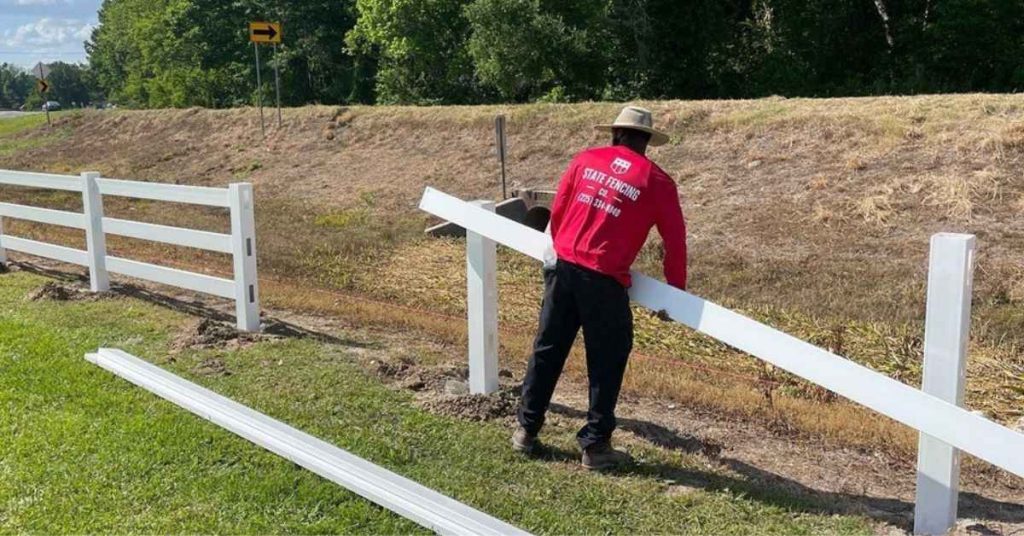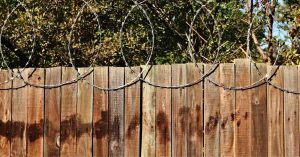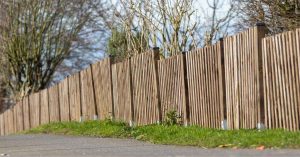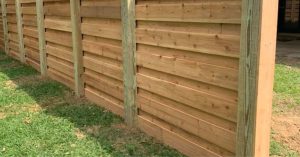Installing a new fence is a significant investment that can enhance the functionality and aesthetic appeal of your property.
At State Fencing, we understand the importance of each project and are dedicated to providing customized, durable solutions that align with our customers’ specific needs and values.
Planning your fencing project carefully is crucial, and here are the key aspects to consider to ensure a successful installation.
1. Determine the Purpose of Your Fence
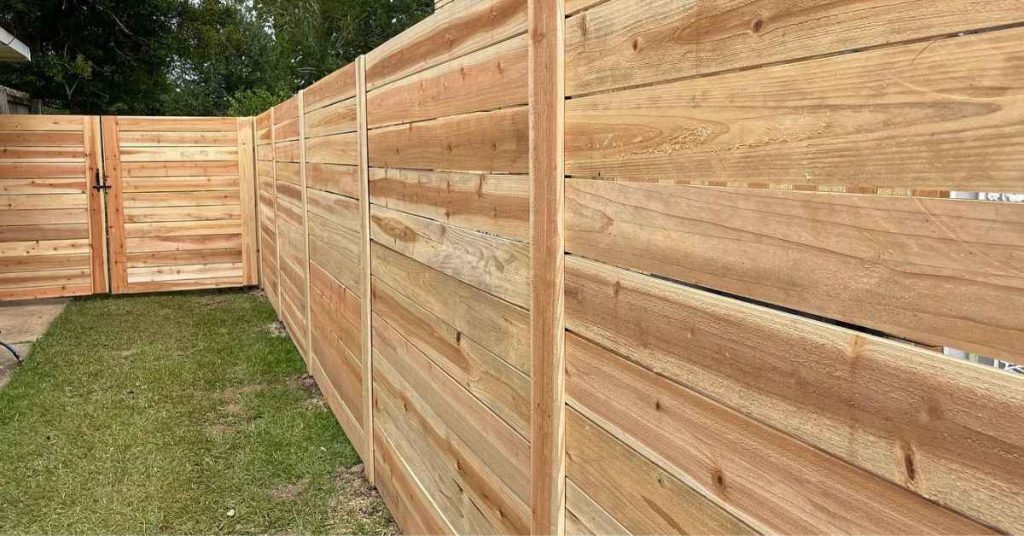
Identifying the primary purpose of your fence is the first step in the planning process.
Are you aiming to enhance privacy, secure your property, beautify your landscape, or keep pets and children safe?
Each goal may require different materials, designs, and configurations.
For example, privacy fences are typically taller and have no gaps between panels, whereas decorative fences may feature more design elements and lower heights.
Clearly defining the purpose of the fence will help guide all subsequent decisions.
2. Understand Local Zoning Laws and HOA Regulations
Local zoning laws and homeowners’ association (HOA) rules can significantly impact your fencing project. These regulations often dictate the height, material, and placement of fences within community boundaries.
For instance, some neighborhoods may prohibit certain materials like bamboo or unfinished wood due to aesthetic guidelines or environmental concerns. Failing to adhere to these rules can lead to fines, required removal of the fence, or redoing the project, which could be costly and frustrating.
It’s essential to check these regulations before making any decisions to ensure your project proceeds smoothly and legally.
3. Choose the Right Materials
The material of your fence affects not only the appearance but also its durability and maintenance needs. At State Fencing, we offer various materials to suit different aesthetics and functions:
- Wood provides a classic look and offers good privacy but may require more maintenance to protect against weather and pests.
- Vinyl is durable and low-maintenance, resistant to weathering and fading, making it ideal for busy homeowners.
- Iron offers high durability and a sophisticated look, perfect for enhancing security with elegant designs.
- Chain Link is economical and durable, ideal for defining boundaries without obstructing views, though it offers less privacy.
Each option has its advantages and considerations, including cost, longevity, and upkeep. Your choice should align with both your functional requirements and aesthetic preferences.
4. Plan for Gates and Accessibility
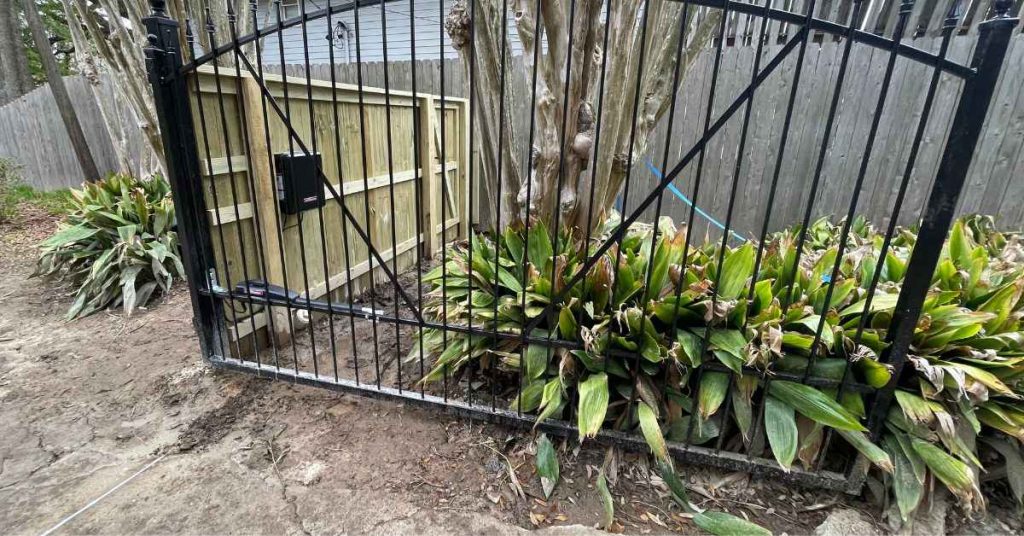
Gates are a critical component of your fence planning. Consider how you will use the property and what type of access is necessary.
You might need pedestrian gates for easy entry and exit or larger gates for vehicle access, especially if you have a garage or driveway on the property. The placement and type of gates should enhance convenience and security.
Additionally, modern gate options include automated systems that can offer enhanced security features like coded keypads or remote controls for ease of use.
5. Prepare the Installation Site
Preparing the site where your fence will be installed is a critical step that can influence the efficiency of the installation process and the longevity of the fence itself. Here are the key actions you should take to ensure the site is ready:
Clear the Area: Remove any obstacles that might hinder the installation of the fence. This includes clearing vegetation, debris, and old fencing materials. It’s important to have a clean and clear workspace to avoid any complications during the installation.
Level the Ground: Uneven ground can lead to improper fence installation, which might cause structural issues in the future. Make sure the ground along the fence line is as level as possible. Filling in holes and leveling out hills can help prevent future sagging or gaps under the fence.
Mark Utility Lines: Before any digging begins, it’s essential to identify and mark all utility lines. This can be done through your local utility companies, who can come out and mark the location of water, gas, and electrical lines. Accidentally cutting into a utility line can be dangerous and costly.
Check for Accessibility: Ensure that the area is accessible for the delivery of materials and equipment. Check if large vehicles, such as delivery trucks or construction equipment, can easily access the site. This includes ensuring that gates are wide enough and pathways are clear.
Consult with Neighbors: If the planned fence will border a neighboring property, it’s a good practice to consult with your neighbors beforehand. This not only helps in maintaining good relationships but also ensures that there are no disputes over property boundaries later on.
By thoroughly preparing your installation site, you can help ensure that the fence installation process goes smoothly and that the finished product meets all your expectations. Proper site preparation helps avoid delays and additional costs, ensuring that your new fence is installed efficiently and correctly.
Conclusion
By carefully considering these aspects before beginning your fencing project, you can ensure a seamless process and a final product that meets all your expectations. State Fencing is here to help at every step, from initial design to final installation, ensuring that your new fence is a valuable addition to your property.

